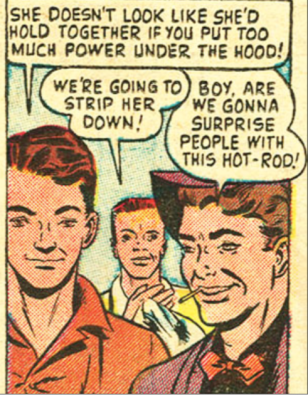
Nature so effortlessly produces the red in a red flower. Photo: Thomas Tolkien
A reader in Ukraine left a lovely message on this website recently: she said Colour had helped her make connections between art and chemistry, which was terrific to hear. It reminded me of a story I heard a few years ago, which I put into the foreword to the Folio edition of Colour, published in 2009.
The story was told to me by a retired Dutch industrialist, now a philanthropist and writer, who studed chemical engineering at Delft University of Technology in the 1940s. He was given the assignment to create a particular red shade out of petrochemicals. It was such a simple colour yet proved so complicated to reproduce. One day when he got back to his room, feeling depressed because he still hadn’t cracked the problem, he noticed a potted plant on his window sill. In a single day it had produced a perfect flower the exact shade of red he had been tasked to create.

Red geranium petal cells PHOTO: Umberto Salvagnin
“It was many years later when I wanted to find a way to understand what I was searching for in my life that I remembered the red of that flower,” he told me. “And how, where a human being with a sophisticated laboratory had failed again and again, nature had succeeded with just earth, water, air and light. Effortlessly.”
Tum Tiddly-Um
There are echoes of this sense of wonder in my favourite DH Lawrence poem.
Imagine that any mind ever thought a red geranium!
As if the redness of a red geranium could be anything but a sensual experience
and as if sensual experience could take place before there were any senses.
We know that even God could not imagine the redness of a red geranium
nor the smell of mignonette
when geraniums were not, and mignonette neither.
And even when they were, even God would have to have a nose to smell at the mignonette.
You can’t imagine the Holy Ghost sniffing at cherry-pie heliotrope.
Or the Most High, during the coal age, cudgelling his mighty brains
even if he had any brains: straining his mighty mind
to think, among the moss and mud of lizards and mastodons
to think out, in the abstract, when all was twilit green and muddy:
“Now there shall be tum-tiddly-um, and tum-tiddly um,
hey-presto! scarlet geranium!”
We know it couldn’t be done.
But imagine, among the mud and the mastodons
God sighing and yearning with tremendous creative yearning, in that dark green mess
oh, for some other beauty, some other beauty
that blossomed at last, red geranium, and mignonette.
I cannot now remember why that did not find its way into the book, because it was certainly one of the first quotes and poems I remember writing down. But it was ousted at the last minute, perhaps for copyright reasons, by a letter from John Ruskin to Winsor and Newton, and it is good to revisit it now.
 My father’s funeral was three months ago last week, and as several friends have told me strictly, it’s about time I posted HIS eulogy to go with my mother’s. His funeral was on December 9, and he died on November 26, three months and a day after my mother. I miss them both so much.
My father’s funeral was three months ago last week, and as several friends have told me strictly, it’s about time I posted HIS eulogy to go with my mother’s. His funeral was on December 9, and he died on November 26, three months and a day after my mother. I miss them both so much.








